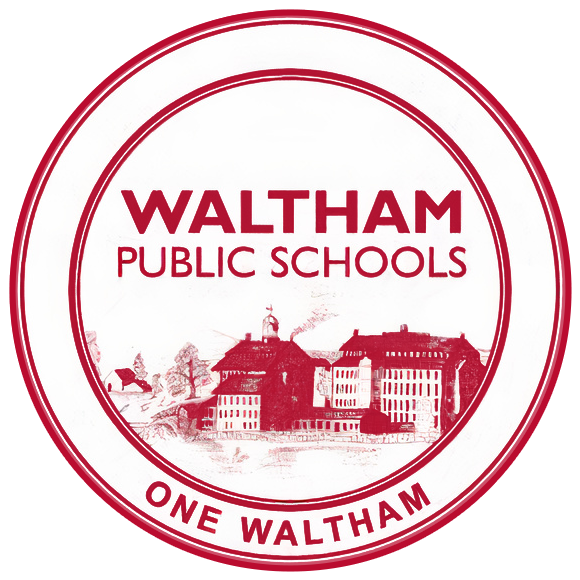The philosophy of the Radio & Television Broadcasting Program at Waltham High School is dedicated to providing the best and most complete technical education for all of our students. As a vocational-technical high school, our fundamental purpose is to provide education for employment. The high school graduates of the 21st century face a world in which the most important skills in the workplace are the ability to learn, to change, and adapt. The underlying fundamentals of the program will include career and technical training, integrated with English, math, related science, and OSHA Safety training to provide each student with the background to advance educationally as well as professionally. The course instruction utilizes the competencies from the Vocational Technical Educational (VTE) Frameworks of TV Broadcasting and the objectives contained within the six strands of the VTE Frameworks.
Students will be provided with instruction and experiences that will enable them to apply and demonstrate the acquisition of competencies in the following areas:
Pre-production, production and post-production practices.
Identification and defining the fundamentals of broadcasting and video technologies and broadcast journalism.
How to set up a three-point lighting system for on-camera talent.
Producing a digital video using a non-linear editing system.
Proficiency in all post-production software packages: Adobe Creative Cloud and Microsoft Office.
OSHA 10-hour Certification program.
Prepare students for the Tech II course the following year.
Begin the process of discussing career avenues in the Communications industry that students will gain a better idea for.
| ||||||||||||||||||||||||||||||||||||||||||||||||
|---|---|---|---|---|---|---|---|---|---|---|---|---|---|---|---|---|---|---|---|---|---|---|---|---|---|---|---|---|---|---|---|---|---|---|---|---|---|---|---|---|---|---|---|---|---|---|---|---|
